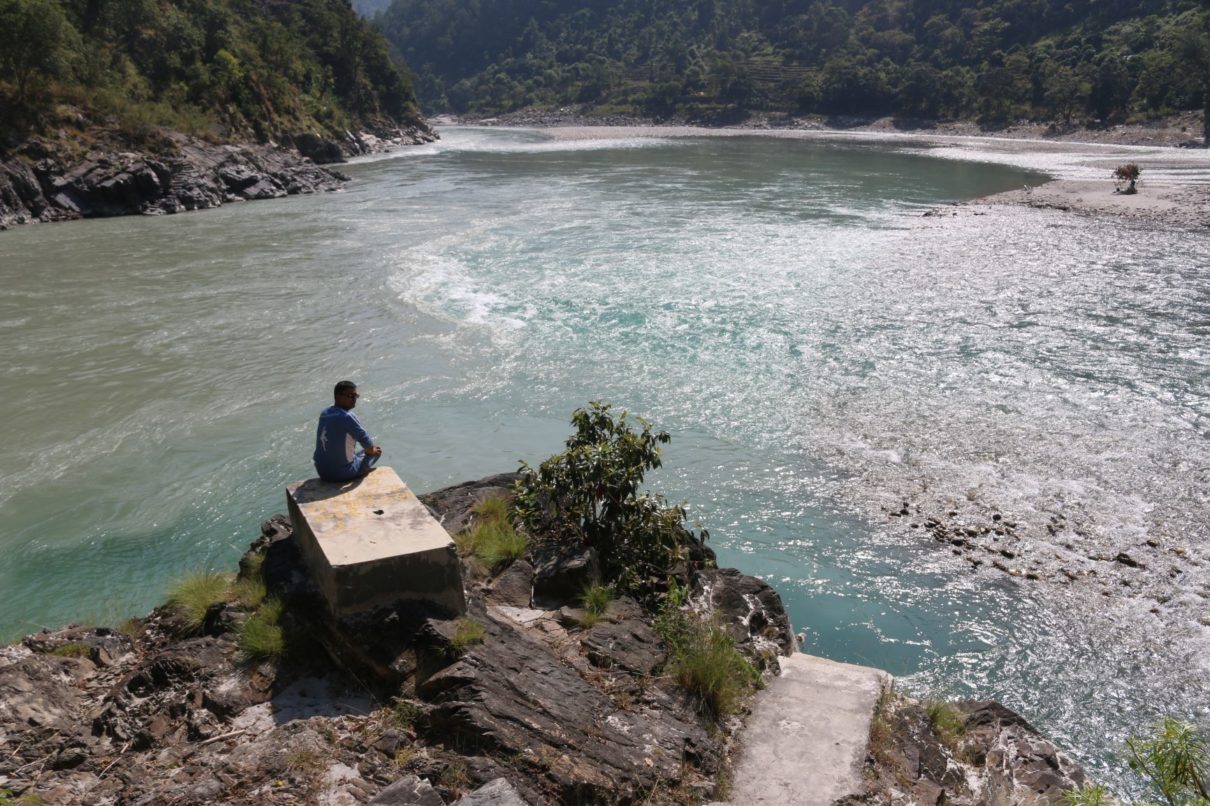Kathmandu has always struggled with parking. Since the number of vehicles on the road is increasing every year, it will only get worse, unless some serious measures are taken. The initiative of the Kathmandu Metropolitan City mayor Balen Shah to do away with street parking has decreased traffic congestion, says SSP Rajendra Prasad Bhatta, spokesperson, Kathmandu Valley Traffic Police. But it has led to parking issues. However, he insists the public should be willing to walk a little rather than park their vehicles haphazardly (and illegally) on the road.
Sanjaya Uprety, associate professor of urban planning at Pulchowk Campus, Lalitpur, and the general secretary of the Regional and Urban Planner’s Society of Nepal (RUPSON), says the reason behind the lack of parking spaces is because the city didn’t factor their need while constructing roads and various landmarks. Take for instance the lack of service lanes for street parking. “It’s essential for people who might need to be somewhere for just five or ten minutes. But here they end up paying the full parking fee even if it’s just for a few minutes,” he says. Bhatta believes since many roads in Kathmandu are narrow, constructing service lanes on those streets is now impossible. “The ones that were constructed recently have service lanes,” he says. Uprety says that the government hasn’t been able to come up with innovative ideas to make parking spaces more accessible to people. In Dhaka, Bangladesh, the ground floor of every commercial building should have a parking space along with the basement. “It’s not just rules but also proper implementation that can create enough parking spaces,” he says. “I can’t comment on the progress but Shah’s initiative to have a parking facility in the basement of every building in Kathmandu is a good start.” Even if the number of parking spaces increases through this initiative, the cost of parking is still an issue. Avash Saakha, a 30-year-old living in Bhaktapur, says that he needs to pay around Rs 80-100 per hour to park his four-wheeler. Some days, he puts aside an extra Rs 500 just to pay for parking. Niraula adds it would be much easier if the government were to provide free parking spaces in busy areas. Nabin Manandhar, spokesperson, Kathmandu Metropolitan City Office (KMC), acknowledges that the cost for parking in Kathmandu is high. But he says KMC has been working on reducing the prices. However, he confesses it’s not feasible for the government to provide free parking spaces. “Safety is important when it comes to parking, and we need to pay for the guards,” he explains. So for one’s own vehicle’s safety, the public shouldn’t demand free parking spaces. But the price can and should be made reasonable, he says. Restaurants, stores, and offices also need to provide parking space for those who visit these places. Manandhar says KMC has been working on a plan to build a parking area under Tundikhel. It would be a basement parking that can accommodate many vehicles. “We will be talking to the experts about its feasibility and will be proceeding with the work if there aren’t any issues,” he says. On the other hand, Uprety believes it’s also important to think of the ecological impact of these kinds of parking spaces. “In my opinion, building a parking space under Tundikhel is a bad idea since it will bring about a lot of ecological issues that the government is willing to overlook,” he says. He feels the same about multi-storey parking in Kathmandu, which is one of the many plans under the comprehensive ‘Brihattar Master Plan’ initiated by Kathmandu Valley Development Authority (KVDA). “Kathmandu is prone to disasters, and having a multi-storey parking lot isn’t the best option for the city,” says Uprety. The only solution, he says, in order to provide enough parking space is to promote public transport. He believes the reason why the public prefers to use private vehicles is because the public transportation is neither reliable nor comfortable. It’s usually packed and it takes more time to reach the destination since the vehicles make many unauthorized stops. Furthermore, they don’t reach every nook and corner of the city. “If public transport were better and efficient, people would automatically resort to using them instead of driving their own vehicles,” he says. Niraula agrees. He says if he could travel easily in a bus or a tempo, he would choose that over zipping around in his scooter. Manandhar says that the KMC has been developing an app that will let the users know the routes of public vehicles as well as their time of arrival at a particular stop. “This initiative was taken to make sure that the public will not have to wait a long time just to catch a bus,” he says. Will that be enough to solve Kathmandu’s parking problems though? Perhaps not, but it might be a good place to start.











